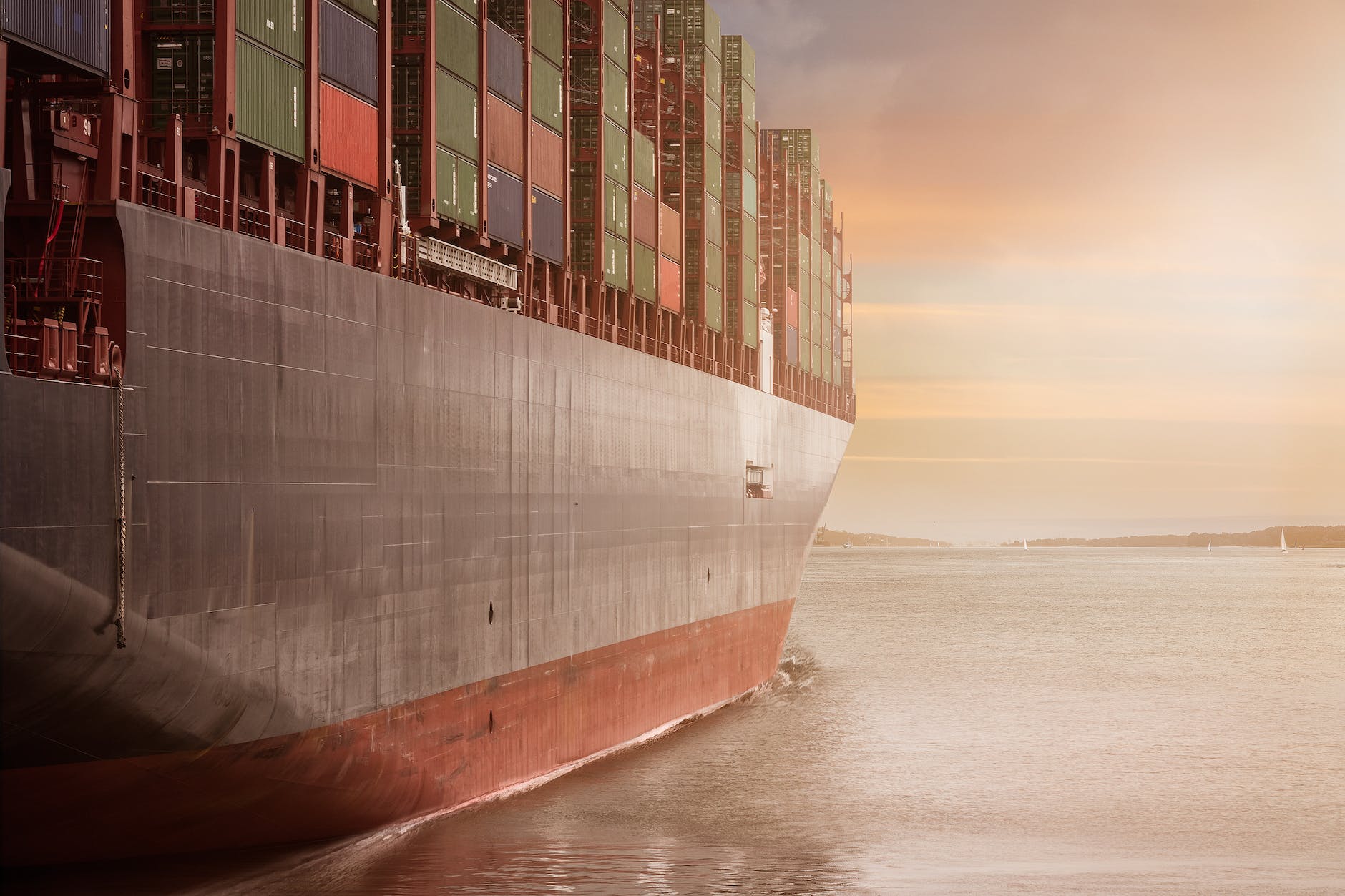Introduction to Supply Chain 5.0: A Paradigm Shift in Logistics
Supply chain management has come a long way since its inception, with each iteration bringing new advancements and efficiencies. The latest evolution, Supply Chain 5.0, promises to revolutionize the future of logistics by leveraging automation, artificial intelligence (AI), and the Internet of Things (IoT). This paradigm shift is set to transform the industry, enabling businesses to streamline operations, enhance visibility, and improve customer satisfaction.
Understanding the Evolution of Supply Chain Management: From 1.0 to 5.0
To fully grasp the significance of Supply Chain 5.0, it is essential to understand its evolution from the earlier versions. Supply Chain 1.0 was characterized by manual processes and limited technology adoption. With Supply Chain 2.0, the focus shifted to optimizing individual functions within the supply chain, such as procurement and distribution. Supply Chain 3.0 introduced the concept of end-to-end visibility and collaboration, while Supply Chain 4.0 brought about the integration of digital technologies like AI and IoT. Now, Supply Chain 5.0 takes this integration to the next level, enabling real-time data sharing and decision-making across the entire supply chain ecosystem.
The Key Components of Supply Chain 5.0: Automation, Artificial Intelligence, and IoT
At the heart of Supply Chain 5.0 are three key components: automation, artificial intelligence, and the Internet of Things. Automation plays a crucial role in streamlining processes, reducing errors, and increasing efficiency. For example, automated warehouses equipped with robotic systems can significantly speed up order fulfillment and reduce labor costs. Artificial intelligence, on the other hand, enables predictive analytics, demand forecasting, and optimization of supply chain operations. By analyzing vast amounts of data, AI algorithms can identify patterns, make accurate predictions, and suggest optimal strategies. The IoT connects physical objects to the internet, allowing for real-time tracking, monitoring, and control of goods throughout the supply chain. This enables enhanced visibility, improved inventory management, and proactive issue resolution.
Predicting the Future of Logistics: How Supply Chain 5.0 Will Transform the Industry
Supply Chain 5.0 is set to transform the logistics industry in several ways. Firstly, it will enable end-to-end visibility and traceability, allowing businesses to track products from the point of origin to the end consumer. This transparency not only enhances customer satisfaction but also enables proactive issue resolution and efficient recalls. Secondly, Supply Chain 5.0 will enable predictive analytics, allowing businesses to anticipate demand, optimize inventory levels, and reduce stockouts. This will result in improved customer service and reduced costs. Lastly, Supply Chain 5.0 will facilitate seamless collaboration and information sharing among supply chain partners, leading to faster decision-making, reduced lead times, and increased agility.
Emerging Trends in Supply Chain 5.0: Blockchain, Robotics, and Predictive Analytics
In addition to the key components of Supply Chain 5.0, several emerging trends are shaping the future of logistics. Blockchain technology, for instance, offers secure and transparent transactions, enabling trust and accountability in supply chain processes. By creating an immutable record of transactions, blockchain can prevent fraud, reduce paperwork, and streamline cross-border trade. Robotics is another trend that is gaining traction in Supply Chain 5.0. From autonomous vehicles for transportation to robotic process automation for order processing, robots are revolutionizing various aspects of logistics. Predictive analytics, powered by AI, is also becoming increasingly important in Supply Chain 5.0. By analyzing historical data and external factors, predictive analytics can forecast demand, optimize routes, and improve overall supply chain performance.
Challenges and Opportunities in Adopting Supply Chain 5.0: Strategies for Success
While Supply Chain 5.0 holds immense potential, there are challenges that businesses must overcome to fully adopt and leverage its benefits. One of the main challenges is the integration of legacy systems with new technologies. Many businesses still rely on outdated systems that are not compatible with the advanced technologies of Supply Chain 5.0. Additionally, there is a need for skilled professionals who can understand and manage these technologies effectively. However, with the right strategies, businesses can overcome these challenges and seize the opportunities presented by Supply Chain 5.0. This includes investing in technology infrastructure, upskilling the workforce, and fostering collaboration among supply chain partners. By embracing these strategies, businesses can position themselves at the forefront of the logistics industry and reap the rewards of Supply Chain 5.0.
In conclusion, Supply Chain 5.0 represents a paradigm shift in logistics, leveraging automation, artificial intelligence, and the Internet of Things to transform the industry. By understanding its evolution, key components, and emerging trends, businesses can predict the future of logistics and adapt their strategies accordingly. While challenges exist, the opportunities presented by Supply Chain 5.0 are immense. By embracing this revolution and adopting the right strategies, businesses can revolutionize their supply chain operations, enhance customer satisfaction, and gain a competitive edge in the market.

Leave a Reply